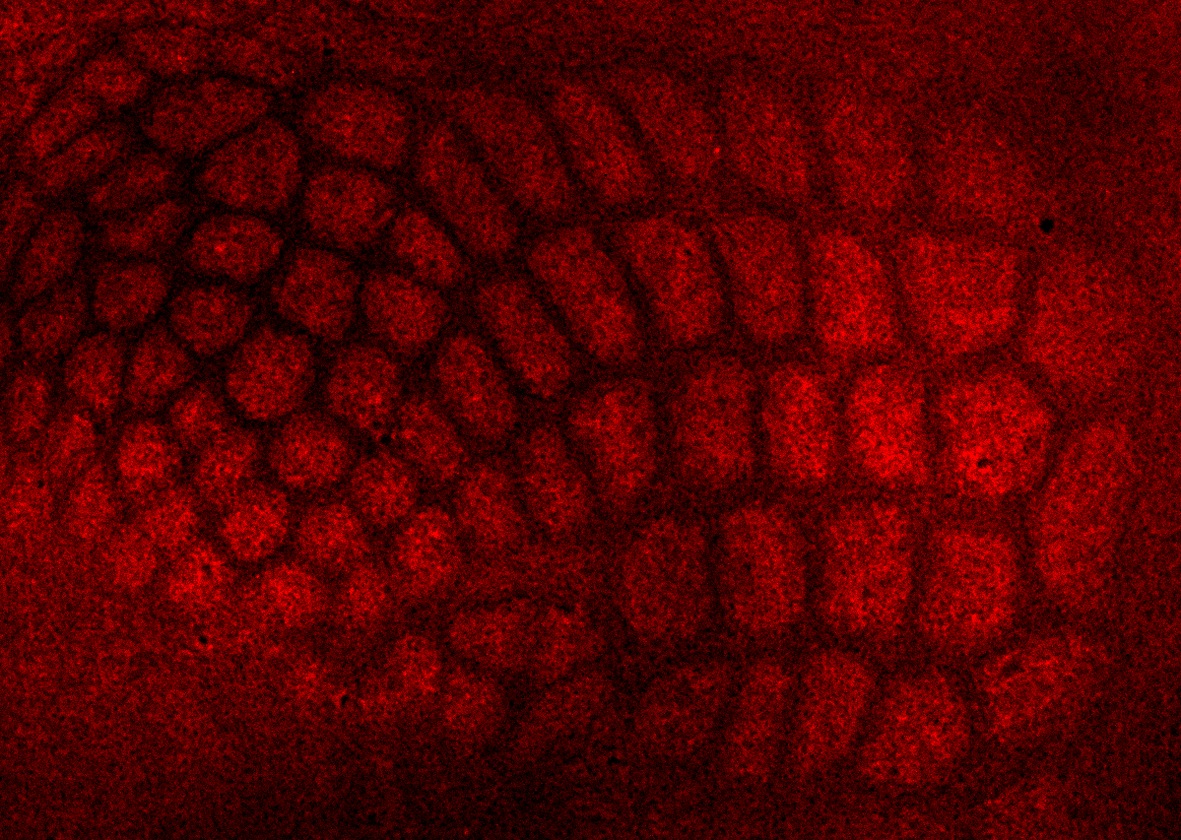The functional architecture of the brain is strongly influenced by any sensory inputs that are received. Recent studies of deaf and blind humans have provided convincing evidence of increased capabilities and alterations to the organization of the spared modalities. However, despite much effort, the identity of the brain regions that are changed and the exact mechanisms that underlie cross-modal plasticity remain largely unknown The specialized functions of the different neocortical areas depend on patterned innervation from the thalamus, as most of sensory information passes through the thalamus to the cerebral cortex. Our aim is to determine the rules by which neuroplastic changes are triggered following sensory deprivation and what re-specification events may take place in the thalamus when a loss of peripheral input occurs in early life.


